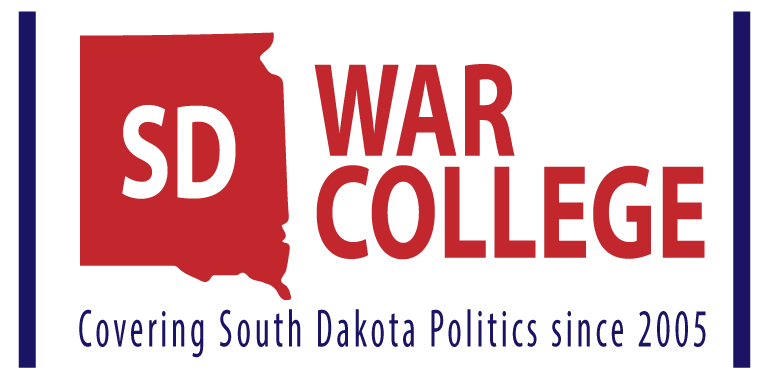Thune Statement on House Passage of Mobile Workforce State Income Tax Simplification Act
Thune Statement on House Passage of Mobile Workforce State Income Tax Simplification Act
“As today’s economy and workforce continue to evolve, so too must Congress and our approach to reforming outdated laws that hinder, rather than spur, economic growth.”
WASHINGTON — U.S. Sen. John Thune (R-S.D.), a member of the tax-writing Senate Finance Committee, today issued the following statement after the House of Representatives passed its version of the Mobile Workforce State Income Tax Simplification Act. In March 2017, Thune and Sen. Sherrod Brown (D-Ohio) reintroduced the Senate version of the legislation (S. 540) that, like its House counterpart, would simplify and standardize state income tax collection for employees who travel outside of their home state for temporary work assignments.
“As today’s economy and workforce continue to evolve, so too must Congress and our approach to reforming outdated laws that hinder, rather than spur, economic growth,” said Thune. “Members of Congress from across the ideological spectrum support the Mobile Workforce State Income Tax Simplification Act, which is why I’m hopeful the Senate can do its part to quickly send this common-sense legislation to the president for his signature.”
While some states require state income tax filing for as little as one day of work in the state, S. 540 would establish a common-sense 30-day threshold to help ensure that an equitable tax is paid to the state and local jurisdiction where the work is being performed while alleviating burdensome tax requirements on employees and their employers.
This bipartisan legislation currently has nearly 40 co-sponsors in the Senate and is supported by over 300 organizations and business groups nationwide, including the South Dakota CPA Society.
###




 Attorney General Explanations Released for Four Constitutional Amendments Regarding Campaign Finance and Lobbying Laws
Attorney General Explanations Released for Four Constitutional Amendments Regarding Campaign Finance and Lobbying Laws